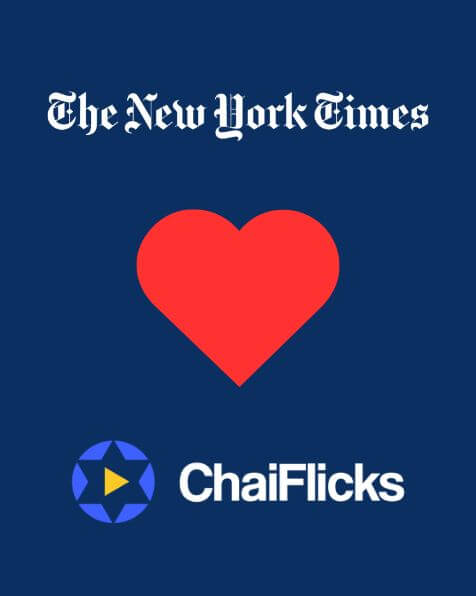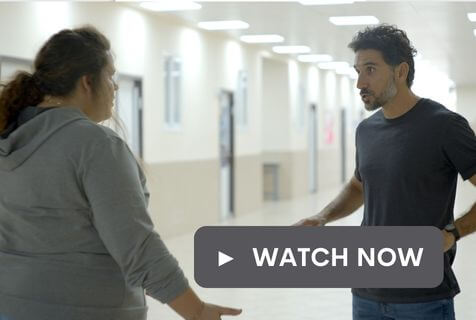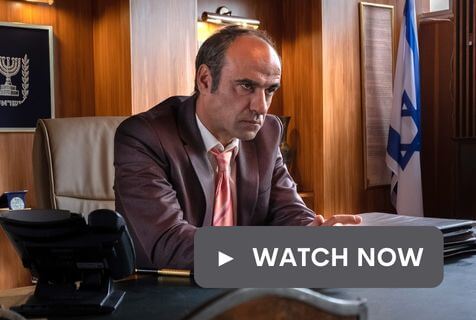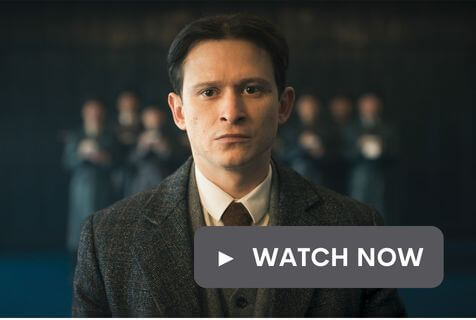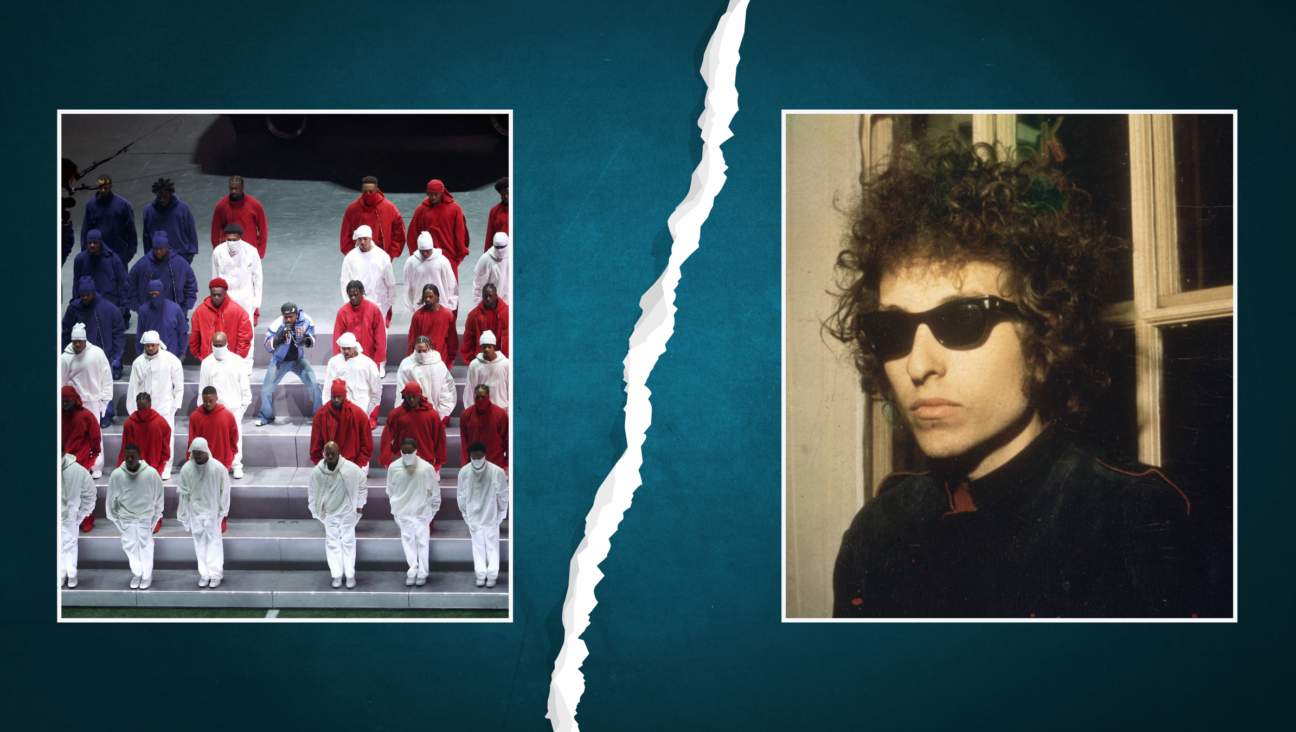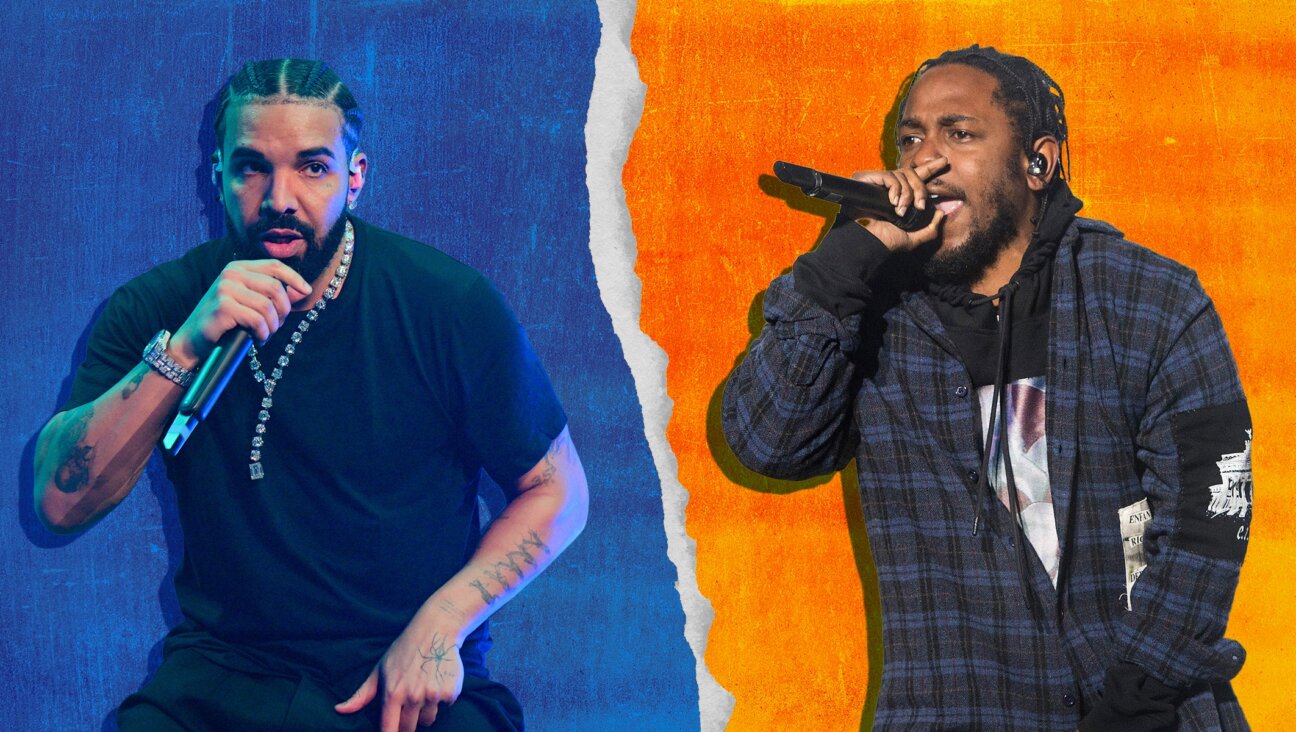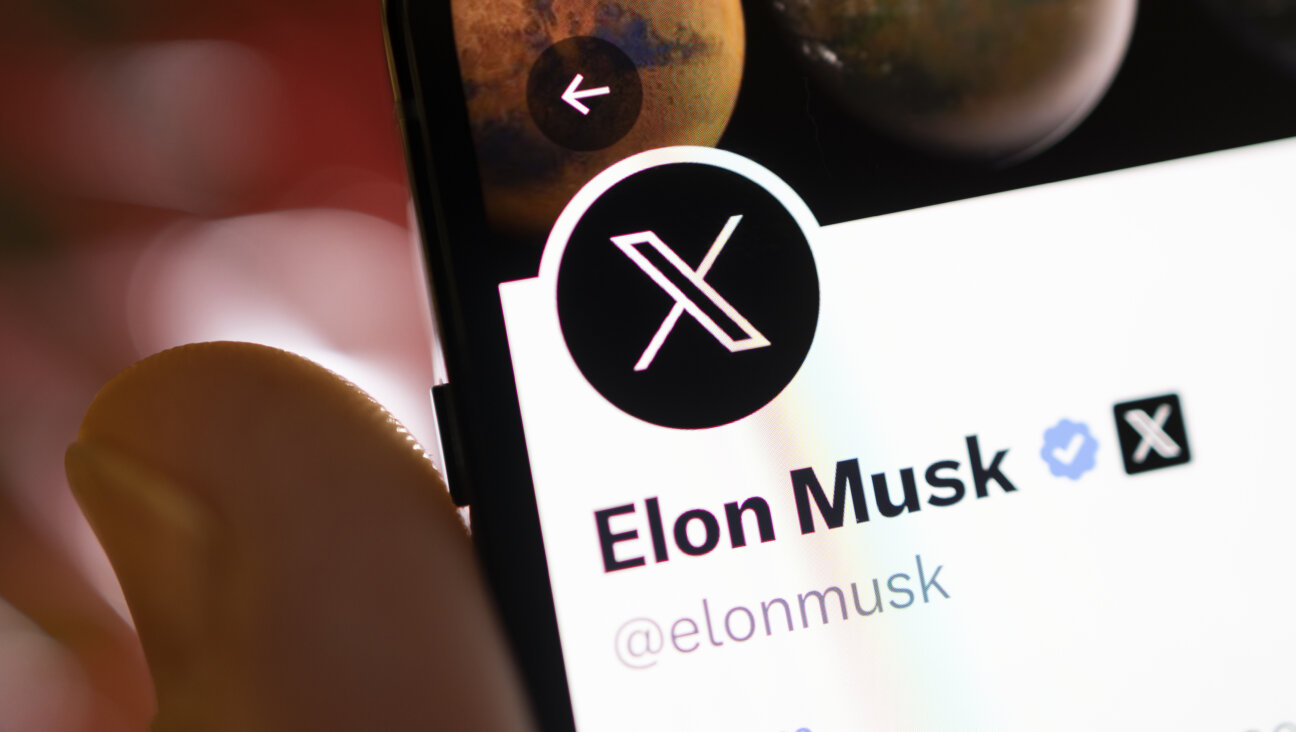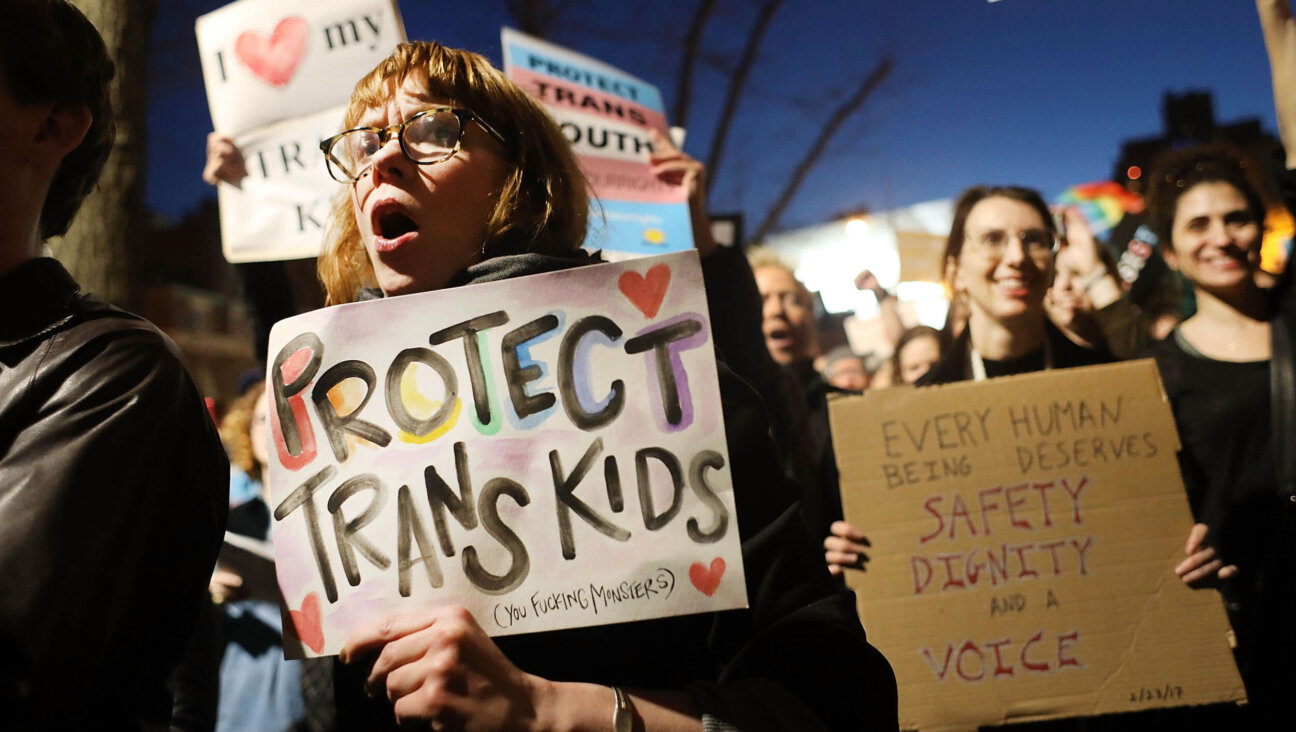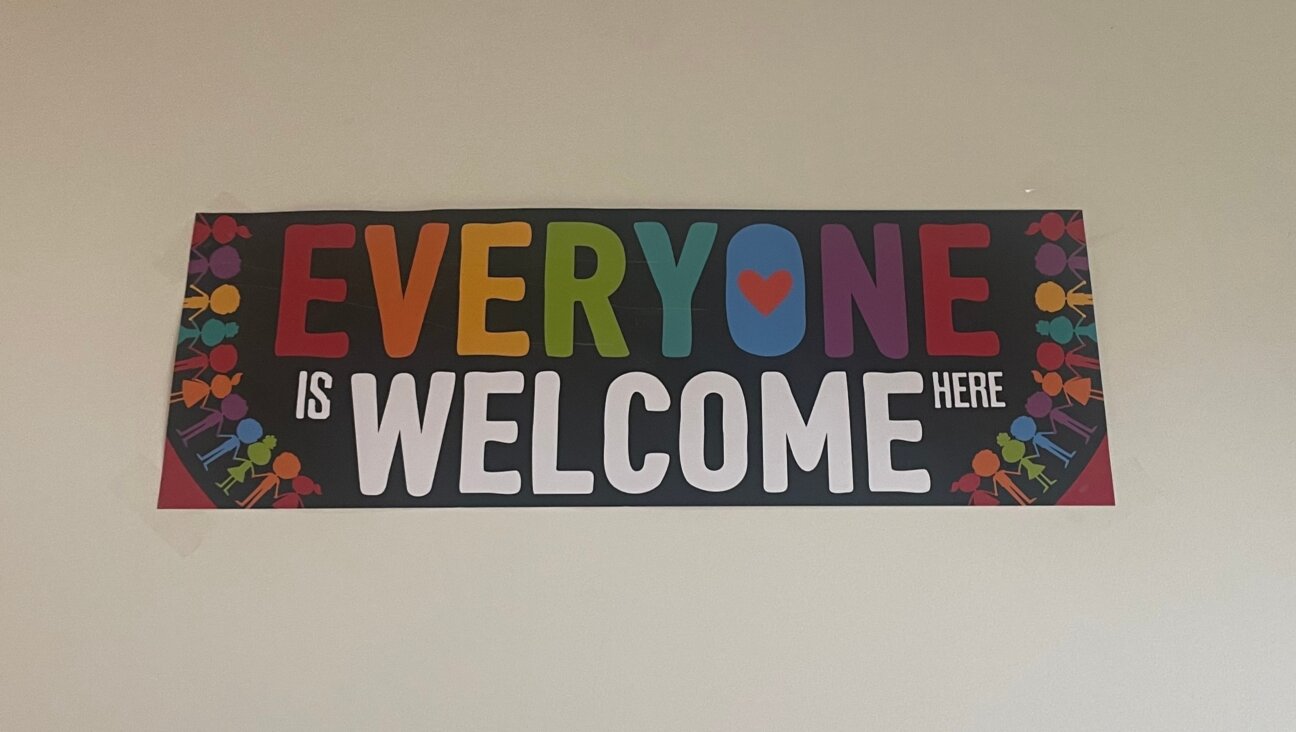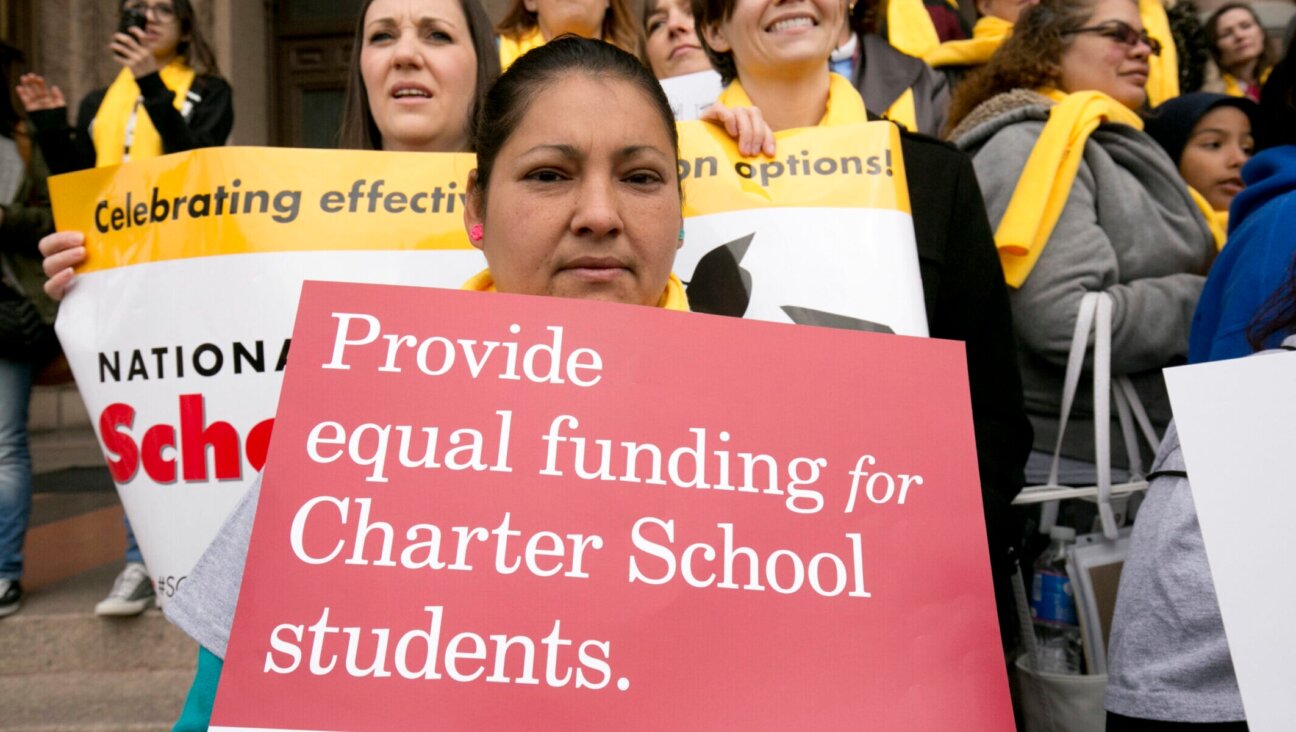Rainer Weiss

He Fled The Nazis, Then Proved Einstein’s Theory
Rainer Weiss fled Nazi Germany with his family when he was 6 years old. Nearly 80 years later, he won the 2017 Nobel Prize in physics.
Growing up in Brooklyn, Weiss took to building hi-fi radio sets out of junk parts, prefiguring the scrappiness and inventiveness that would define his career.
Weiss enrolled as an undergrad at the Massachusetts Institute of Technology but flunked out by his junior year. He had fallen in love, and decided to follow his new girlfriend to Illinois. Though he made it back to MIT, where he still works six days a week at age 85, the decision nearly ruined his hopes for tenure.
The idea that morphed into Weiss’s Nobel Prize-winning discovery began as a simple teaching aid: He asked his students to imagine an antenna so sensitive, it could measure infinitesimal vibrations in space-time from the other side of the universe. He spent the next 50 years building that antenna.
With help from other pioneering physicists — including Barry Barish and Kip Thorne, also recipients of this year’s prize — Weiss designed and built the antenna, with arms 2.5 miles long. In 2015, that antenna picked up “the chirp heard across the universe”: definitive proof of Albert Einstein’s theories about black holes that had gone unsubstantiated for over 100 years.
“One of the dreams I would have, had Einstein been still alive, is to tell him about this,” Weiss told PRI in 2016. “You look at the remarkable things we could do, and Einstein would have been tickled pink by them.”
A message from our Publisher & CEO Rachel Fishman Feddersen

I hope you appreciated this article. Before you go, I’d like to ask you to please support the Forward’s award-winning, nonprofit journalism so that we can be prepared for whatever news 2025 brings.
At a time when other newsrooms are closing or cutting back, the Forward has removed its paywall and invested additional resources to report on the ground from Israel and around the U.S. on the impact of the war, rising antisemitism and polarized discourse.
Readers like you make it all possible. Support our work by becoming a Forward Member and connect with our journalism and your community.
— Rachel Fishman Feddersen, Publisher and CEO












